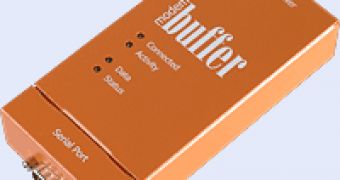Does anybody out there remember the RDIMM standard? Well, once upon a time, there was a memory standard that Intel was dying to promote as it was optimized for its own line of Pentium 4 processors. Unfortunately for Intel and most fortunate for the rest of us, the DDR memory standard made a much bigger splash and managed to become much more popular.
So the RDIMM memory standard died quietly, as even Intel realized that it was overpriced and with a very slight performance improvement. Now it seems that the RDIMM technology is trying for a second time to gain some market in the form of microbuffers, a concept that will be used by both AMD and Intel.
Until now, Intel said nothing about its plans concerning the microbuffer concept, while its rival, AMD was willing to share some general purpose information. The AMD approach seems to be quite a bright idea, one that could simplify the desktop or server memory make-up. One microbuffer discrete chip will be mounted between every two DIMM slots, practically driving them. This solution should allow each RAM channel to support twice the number of DIMMs in use now, allowing DDR3 to be a convenient server memory standard. This approach to use a single RDIMM chip for every two DIMM slots is sometimes called "Buffer on Board" or BoB for short.
According to most hardware gossipers around, Intel is working on a similar design too and it even showed a prototype about a year ago. Because of some differences between the designs employed by the two chip makers, it is possible to be talking about separate technologies using the same type of memory and having the same general goals. Just like always, when we are talking about Intel and AMD, AMD claims that Intel is copying them, while Intel is saying that they invented it first.
All things considered, there will probably be a small memory buffer integrated into the mainboard and not into the DIMM module itself. The advantage would be an increased maximum memory capacity for a given motherboard, with the only downside being the slightly more expensive motherboards because of the added circuitry.

 14 DAY TRIAL //
14 DAY TRIAL //